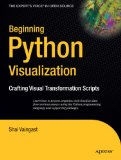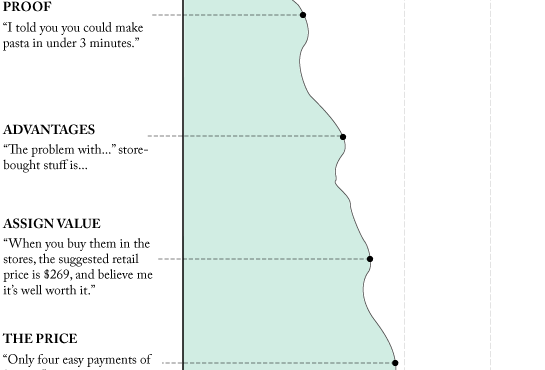A few centuries ago, scientists designed the periodic table to organize the elements we knew about in a way that was useful. Elements were grouped by similar properties on the horizontal and vertical. Somewhere down the line, more recently, someone decided to squeeze a different dataset into the same structure. It made very little sense, but it caught on. Maybe because it looked scientific and official. I don’t know.
Now there’s a periodic table of funk, typefaces, candy, and heck, there’s even one for visualization.
So many tables. How do we sort all of them? With another periodic table, of course, and so without further ado, here is the periodic table of periodic tables by Bill Keaggy. Yay?
[via @EagerEyes]










 Visualize This: The FlowingData Guide to Design, Visualization, and Statistics (2nd Edition)
Visualize This: The FlowingData Guide to Design, Visualization, and Statistics (2nd Edition)










